 W
WEllen Arkbro is a Swedish avant-garde composer working largely in meantone temperament. Her primary instrument is the pipe organ, and she also composes for brass and winds. Early work makes ample use of the text-based programming environment SuperCollider as a tonality design resource in which "there are some very natural ways of working with rational frequency relationships."
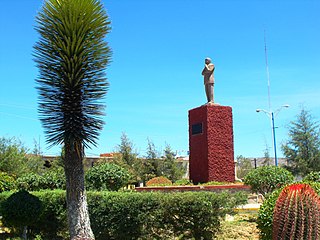 W
WJulián Carrillo Trujillo was a Mexican composer, conductor, violinist and music theorist, famous for developing a theory of microtonal music which he dubbed "The Thirteenth Sound".
 W
WJohn Herbert Foulds was an English composer of classical music. He was largely self-taught as a composer, and belongs to the figures of the English Musical Renaissance.
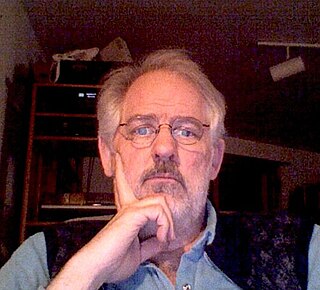 W
WKyle Eugene Gann is an American professor of music, critic, analyst, and composer who has worked primarily in the New York City area. As a music critic for The Village Voice and other publications, he has supported progressive music, including such "downtown" movements as postminimalism and totalism.
 W
WGérard Grisey was a twentieth-century French composer of contemporary classical music. His work is often associated with the Spectralist Movement in music, of which he was a major pioneer.
 W
WEivind Groven was a Norwegian microtonal composer and music-theorist. He was from traditional region of Vest-Telemark and had a background in the folk music of the area.
 W
WAlois Hába was a Czech composer, music theorist and teacher. He belongs to the important discoverers in modern classical music, and major composers of microtonal music, especially using the quarter-tone scale, though he used others such as sixth-tones, fifth-tones, and twelfth-tones. From the other mictrotonal conceptions, he discussed a "three-quarter tone" system in his theoretical works but he used scales in this tuning in sections of some of his compositions. In his prolific career, Hába composed three operas, an enormous collection of chamber music including 16 string quartets, piano, organ and choral pieces, some orchestral works and songs. He also had special keyboard and woodwind instruments constructed that were capable of playing quarter-tone scales.
 W
WCatherine Christer Hennix is a Swedish musician, poet, philosopher, mathematician and visual artist. As a musician, she has worked with figures such as Pandit Pran Nath, La Monte Young, and Henry Flynt, and is associated with the early minimalist movement. Several of her archival recordings from earlier decades have been released in the 21st century, most prominently The Electric Harpsichord (2010). Hennix was affiliated with MIT's AI Lab in the late 1970s and was later employed as research professor of mathematics at SUNY New Paltz; she also worked with mathematician Alexander Esenin-Volpin.
 W
WRozalie Hirs is a Dutch composer of contemporary classical music and a poet. Her poetry and music are lyrical as well as innovative. The principal concerns of her work are the adventure of listening, reading, and the imagination.
 W
WCharles Edward Ives was an American modernist composer, one of the first American composers of international renown. His music was largely ignored during his early life, and many of his works went unperformed for many years. Later in life, the quality of his music was publicly recognized, and he came to be regarded as an "American original". He was also among the first composers to engage in a systematic program of experimental music, with musical techniques including polytonality, polyrhythm, tone clusters, aleatory elements, and quarter tones. His experimentation foreshadowed many musical innovations that were later more widely adopted during the 20th century. Hence, he is often regarded as the leading American composer of art music of the 20th century.
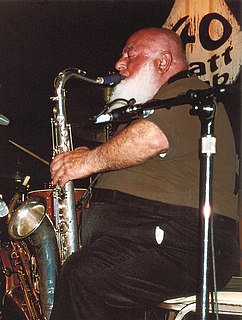 W
WJoseph Gabriel Esther Maneri, was an American jazz composer, saxophone and clarinet player. Violinist Mat Maneri is his son.
 W
WJean-Étienne Marie was a French composer of contemporary music. He is an important figure in the history and exploration of Microtonal music and electroacoustic.
 W
WTheodore Mook is an American cellist who has played in more than 1,000 Broadway performances in New York City, produced records, played on motion picture soundtracks and, along with Ezra Sims, invented computer fonts used in microtonal music composition. He is best known for his interest and contributions to microtonality music.
 W
WKrzysztof Eugeniusz Penderecki was a Polish composer and conductor. Among his best known works are Threnody to the Victims of Hiroshima, Symphony No. 3, his St. Luke Passion, Polish Requiem, Anaklasis and Utrenja. Penderecki composed four operas, eight symphonies and other orchestral pieces, a variety of instrumental concertos, choral settings of mainly religious texts, as well as chamber and instrumental works.
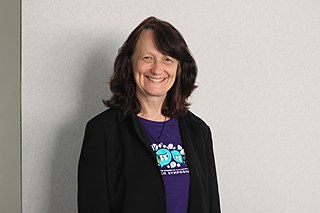 W
WAmi Elizabeth Radunskaya is an American mathematician and musician. She is a professor of mathematics at Pomona College, where she specializes in dynamical systems and the applications of mathematics to medicine, such as the use of cellular automata to model drug delivery. In 2016 she was elected as the president of the Association for Women in Mathematics (AWM).
 W
WEinojuhani Rautavaara was a Finnish composer of classical music. He is among the most notable Finnish composers since Jean Sibelius (1865–1957).
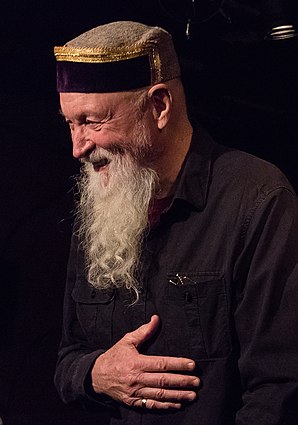 W
WTerrence Mitchell Riley is an American composer and performing musician best known as a pioneer of the minimalist school of composition. Influenced by jazz and Indian classical music, his music became notable for its innovative use of repetition, tape music techniques, and delay systems.
 W
WKaija Anneli Saariaho is a Finnish composer based in Paris, France.
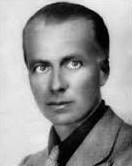 W
WGiacinto Scelsi was an Italian composer who also wrote surrealist poetry in French.
 W
WMichael Seltenreich is an Israeli composer of contemporary classical music who resides in New York City. He is the sole Israeli composer to win the Toru Takemitsu Composition Award and a recipient of the Israel Prime Minister Award in Composition. His work Sparks & Flares was the submission of the American chapter of the International Society for Contemporary Music and was chosen for performance at the World Music Days / Beijing Modern Music Festival 2018.
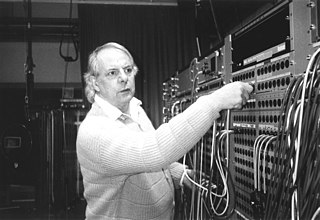 W
WKarlheinz Stockhausen was a German composer, widely acknowledged by critics as one of the most important but also controversial composers of the 20th and early 21st centuries. A critic calls him "one of the great visionaries of 20th-century music". He is known for his groundbreaking work in electronic music, for introducing controlled chance into serial composition, and for musical spatialization.
 W
WJames Tenney was an American composer and music theorist. He made significant early musical contributions to plunderphonics, sound synthesis, algorithmic composition, process music, spectral music, microtonal music, and tuning systems including extended just intonation. His theoretical writings variously concern musical form, texture, timbre, consonance and dissonance, and harmonic perception.
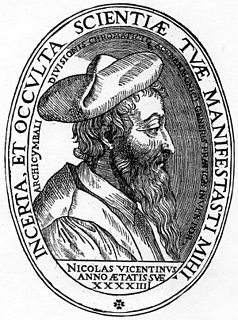 W
WNicola Vicentino was an Italian music theorist and composer of the Renaissance. He was one of the most visionary musicians of the age, inventing, among other things, a microtonal keyboard.
 W
WIannis Xenakis was a Greek-French composer, music theorist, architect, performance director and engineer. After 1947, he fled Greece, becoming a naturalized citizen of France. He is considered an important post-World War II composer whose works helped revolutionize 20th-century classical music. Xenakis pioneered the use of mathematical models in music such as applications of set theory, stochastic processes and game theory and was also an important influence on the development of electronic and computer music. He integrated music with architecture, designing music for pre-existing spaces, and designing spaces to be integrated with specific music compositions and performances.